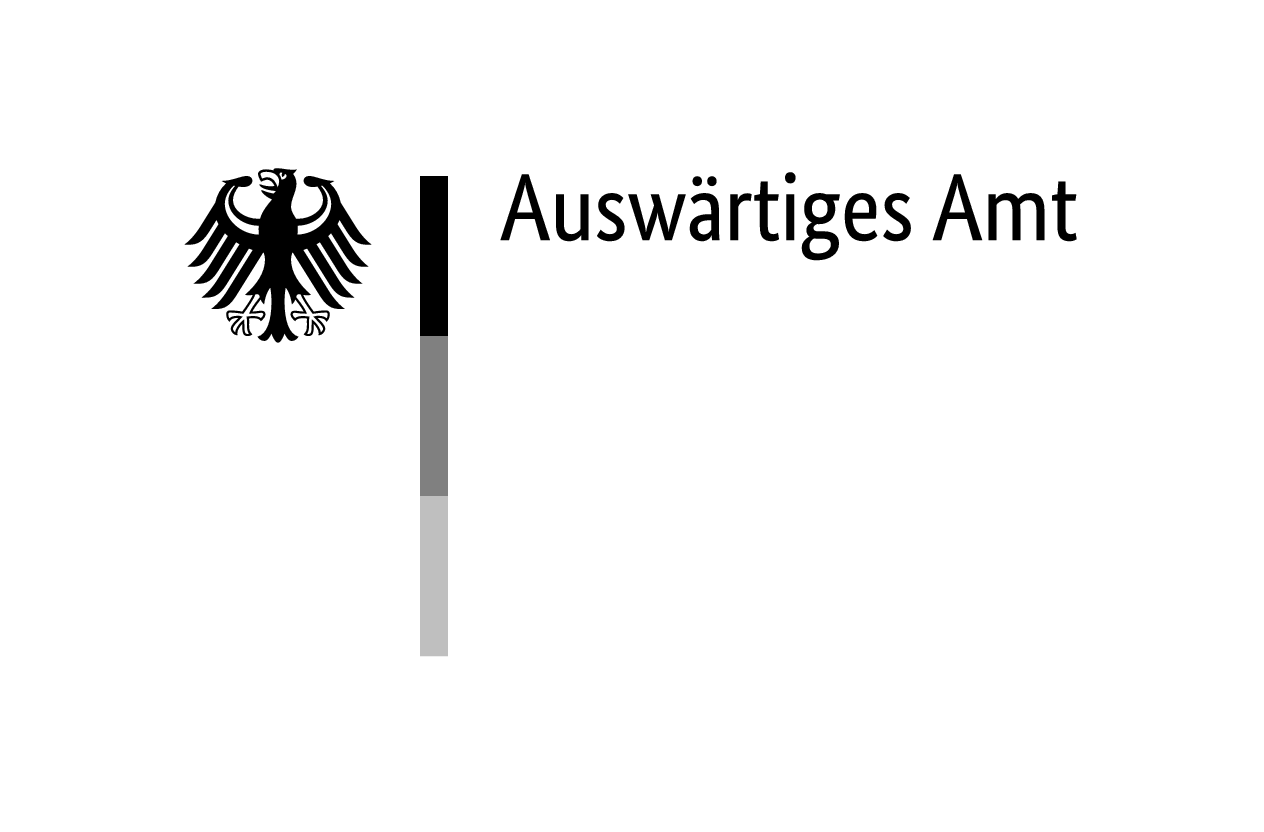The term ‘Zigeunerlager’ [‘Gypsy camp’] is often used in academic or popular accounts to designate camps that were set up exclusively for the forced accommodation or imprisonment of Sinti and Roma between 1933 and 1945. The section of the Auschwitz-Birkenau concentration and extermination camp to which more than 22,000 Sinti and Roma were deported from 26 February 1943 onwards is also usually referred to in this way. In the Encyclopaedia of the Nazi Genocide of the Sinti and Roma in Europe, this term is used exclusively as a source term with appropriate labelling, as it obscures the actual relations of power and violence as well as the constant threat of death to which those affected were subjected and trivialises the persecution, which radicalised into a genocide.
History of the Term
‘Zigeunerlager’ has been used since the beginning of the 19th century in German, but also in other European languages with various semantic meanings. Initially, it referred to an encampment of ‘Gypsies’ or to a place where travelling ‘Gypsies’ habitually stopped with their tents or caravans. The term experienced its first boom during the Romantic period. ‘Zigeunerlager’ were popular motifs in painting: wagons, horses and people were placed in the open countryside, often at the edge of forests or in forest clearings. Typical examples include ’Gypsy Camp’ from 1807 by the important British painter William Turner (1775–1851) or the 1873 painting ‘Zigeunerlager’ by the Hungarian Mihály von Munkácsy (1844–1900), who was widely known in Europe. The genre was popularised by postcards, which spread rapidly from the end of the 19th century.
The motif of the ‘Zigeunerlager’ symbolised the longing for nature, freedom and adventure and the turning away from bourgeois society and its constraints. The ‘Zigeunerlager’ became a space outside of society, which at the same time marked those who lived in such non-spaces as not belonging, as strangers and homeless. ‘Zigeunerlager’ were also popular motifs in literature and journalism, which repeatedly served to contrast civilised versus savage.1Examples for the 18th century include Bogdal, Europa erfindet die Zigeuner, 133–136.
Romanticising and glorifying images were soon joined by pejorative attributions. Poverty and misery were associated with the motif of the ‘Zigeunerlager‘, as in Theodor Fontane (1819–1898): ‘It was the slums … a kind of gypsy camp that had put down roots’ (1905).2Theodor Fontane, Gesammelte Werke, Band I (1), 1905, quoted from Deutsches Wörterbuch von Jacob Grimm und Wilhelm Grimm, digitised version in the dictionary network of the Trier Center for Digital Humanities, version 01/23, https://www.woerterbuchnetz.de/DWB [accessed: 29/06/2023]. The ‘Zigeunerlager’ also symbolised a collection of de-individualised and uncontrollable people. As Fritz von Unruh (1885–1970) wrote in his book ‘Opfergang’ (p. 36), published in 1918: ‘Like in a Zigeunerlager, people and animals swarmed around each other.’ The ‘Wörterbuch der deutschen Sprache – der deutsche Wortschatz von 1600 bis heute’ [Dictionary of the German Language – German Vocabulary from 1600 to the Present Day] gives the common figurative meaning of ‘Zigeunerlager’ as a ‘place’ that ‘serves people (temporarily) as a dwelling place, overnight accommodation or similar and gives the impression of external disorder’.3“Zigeunerlager,” provided by the Digital Dictionary of the German Language, https://www.dwds.de/wb/Zigeunerlager [accessed: 29/06/2023].
From Camp Site to Detention Camp
When practising an itinerant trade, Sinti and Roma, like other tradespeople, set up shop at different locations for varying lengths of time with the equipment necessary for their professional practice (horse-drawn carriages, show wagons, fairground wagons, caravans, etc.). These were self-selected pitches that were rented or leased. As soon as several families stayed on one pitch, it was referred to as a ‘Zigeunerlager’. Although there was surveillance and harassment, particularly by the local police, there was no legal means of evicting people under existing contracts. The situation changed fundamentally with the beginning of Nazi rule. The authorities began to gradually dissolve the freely chosen camp sites under duress and, from 1935 onwards, set up guarded and fenced detention camps, especially in the larger cities. With the immobilisation decree from October 1939, it was no longer possible to leave them and living conditions (food, accommodation, hygiene, medical care) deteriorated rapidly. Total registration, racial segregation and control, forced labour, impoverishment, arbitrary acts of power and violence determined the everyday lives of the people forced into these camps. From 1938 onwards, there were individual deportations from these detention camps, and from 1940 onwards, families were deported.
With the German Reich’s invasion of Poland in September 1939 and the Nazi regime’s goal of deporting all Sinti and Roma from the Reich territory, the camp regime was tightened. Strict camp regulations were established in detention camps such as Lackenbach (Austria), Königsberg (East Prussia), Lety near Pisek and Hodonin near Kunstadt (Protectorate of Bohemia and Moravia), subjecting the inmates to concentration camp-like conditions.
‘Zigeunerlager’ in the Extermination Camp
The express order sent by Reichsführer-SS Heinrich Himmler (1900–1945) on 29 January 1943 regarding the deportation of Sinti and Roma ‘to a concentration camp’ stated, among other things: ‘The deportation will take place family by family to the concentration camp (Zigeunerlager) Auschwitz […].’4Vorbeugende Verbrechensbekämpfung. Erlass-Sammlung, hrsg. vom Reichssicherheitshauptamt – Amt V, Berlin, Dezember 1941, Bl. 323. The use of the term ‘Zigeunerlager’ was probably no coincidence, as it suggested a continuation of the isolation policy that had been practised and widely accepted by society until then and, in light of the history of the term, an implicit normality. In fact, however, Camp Section BIIe in Auschwitz-Birkenau, which was set aside for the internment of Sinti and Roma, and the violent conditions prevailing there were no different from other areas of the camp: The prisoners lived in the shadow of extermination and had to fight for their survival on a daily basis.
The deportations were carried out family by family and on arrival at the camp, the families were not separated to be assigned to the separate areas for men or women in Auschwitz-Birkenau, but were taken together to Camp Section BIIe. This practice was unusual in concentration camps, where strict attention was paid to the separation of the sexes. There was only one other camp area in which families remained together, and that was also in Auschwitz-Birkenau: the ‘family camp’ for Jews from the Theresienstadt ghetto, which was set up in Camp Section BIIb on 8 September 1943.5Piper, “‘Familienlager’,” 296–298. The fact that an exception was also made for Sinti and Roma is probably partly due to the fact that those involved in the persecution, particularly in the Reich Criminal Police Office, had experienced in previous years that the separation of families led to sustained protest and resistance.6Zimmermann, “Die Entscheidung für ein Zigeunerlager,” 413. There was also no selection of the Sinti and Roma on arrival, in contrast to the treatment of Jewish deportees arriving at Auschwitz-Birkenau, who from 29 April 1942 onwards were usually selected for immediate murder in the gas chambers or for admission to the camp.7The first selection of this kind took place on the arrival of a deportation train with 1,054 Slovakian Jews on 29 April 1942, see Fröbe, “Bauen und Vernichten,” 160. This suggests that Heinrich Himmler and those responsible in the Reich Criminal Police Office were still unsure in spring 1943 whether they could dare to ‘solve’ the ‘Gypsy question’ by means of mass murder. The Polish historian Franciszek Piper (born 1941) was of the opinion that the two ‘family camps’ in Auschwitz-Birkenau were intended to deceive the public as well as the victims about the ‘true nature of the previous and planned deportations “to the East”’.8Piper, “‘Familienlager’,” 296.
Children, women and men therefore remained together in Auschwitz-Birkenau, which is why Camp Section BIIe is also called the ‘Zigeunerfamilienlager‘. Rudolf Höss (1901–1947), commandant of the Auschwitz concentration camp and its camp complexes from May 1940 to November 1943, used the term ‘family camp’ in his memoirs written in a Polish prison in 1947/48.9KL Auschwitz in den Augen der SS, 63. Both terms are trivialising. The families had long since ceased to be complete, as the years of persecution had already led to the imprisonment, death or deportation of many people. And in view of the extreme undersupply of food and medical care with inadequate sanitary facilities, the violence of the SS [Schutzstaffel] guards and the medical crimes committed, thousands of people died within a few months, especially the children. No families could live in the ‘Zigeunerfamilienlager‘; the conditions were such that children, spouses, parents, grandparents, siblings, aunts, uncles, nieces and nephews had to die in front of each other. Having to witness this and the impossibility of preventing death placed an almost incalculable burden on the few survivors.
After 1945, the ignorance of the crimes committed against Sinti and Roma did not lead to a rethink. The term ‚Zigeunerlager’ (as well as ‘Gypsy camp‘) remained in use.




